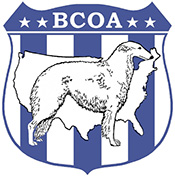
![[ Random Borzoi Image ]](../bannerpicsrandom/image-120.jpg)

![[ Random Borzoi Image ]](../bannerpicsrandom/image-120.jpg)

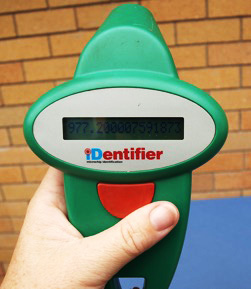
There are a number of microchip companies so do your homework. The MOST important things you can do if you get your pet microchipped is to have chip registered to YOU and keep your data current. This may require an additional fee but it is worth it. Otherwise the chip is registered to your vet or humane society (whoever implanted it) and if they are closed, your pet will not be reunited with you until they can contact that business.
If you breed, BCOA recommends microchipping pups BEFORE they leave your home. Do not rely on buyers to chip and/or register.
At annual vet visits, test microchip to insure the chip is still transmitting data.
Annually confirm your pet’s information with the microchip database and ensure that all contact information including your address, home, and cell phone numbers, email address, etc are all current.
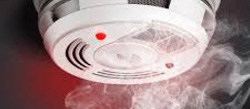
The American Veterinary Medical Association reports at least 40,000 pets die in home fires each year and another 500,000 are affected, mostly by smoke inhalation. According to the National Fire Protection Association, pets and wild animals start about 700 home fires annually. Smoke alarms are inexpensive and easy to install. Just mark your calendar to check batteries quarterly.
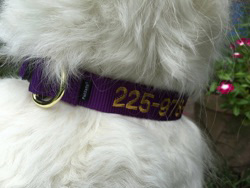
While all my dogs are microchipped, break-away collars with my phone number embroidered on them have gotten my dogs back quickly. (Also useful since you don't want to leave martingales on dogs loose in the yard as they can catch on things or other dogs can hang a jaw.) Tags aren't bad but they catch on things, tear fur, fall off, and can be removed by thieves. A break away collar can also serve for general use. Just clip a leash to the 2 d-rings and you’re good to go. Just remember, this is NOT a martingale.
Break-away collars can be purchased at petsafe.net A quick search in your city should turn up a shop that does embroidery. These also wash well with laundry.
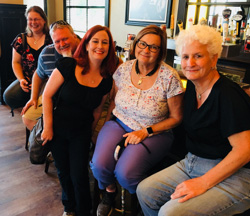
Designate friends and/or family members in and outside of your area that you can contact before and after a disaster.
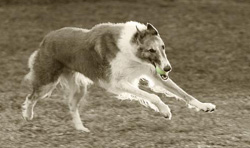
Often dogs escape during disaster. Fear can set in. Training your dog to come to you can save its life. In addition, training your dog to go to strangers is useful. There are many online resources and methods. Here’s one
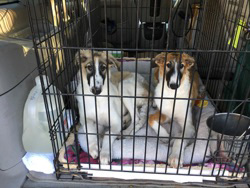
In times of disaster, transport, injury or evacuation, dogs often must be confined to crates. Aquire an appropriately-sized crate (a typical size for an adult Borzoi is 26 inches wide by 36 inches high by 48 inches long.) Wire crates are the most secure but for some adults, soft crates work well). Then make sure your dog is used to one and will not stress while crated.

Store essential contact numbers, dog records, photos of your Borzoi, financials, etc. on a cloud based service for easy access.
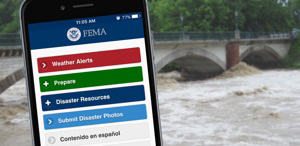
A plethora of smart phone emergency apps exist and can be essential during disaster. Start with FEMA, DHS, and your state for free apps.